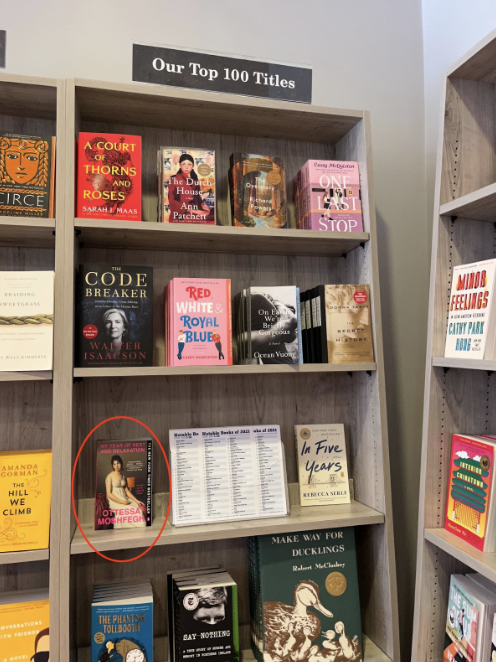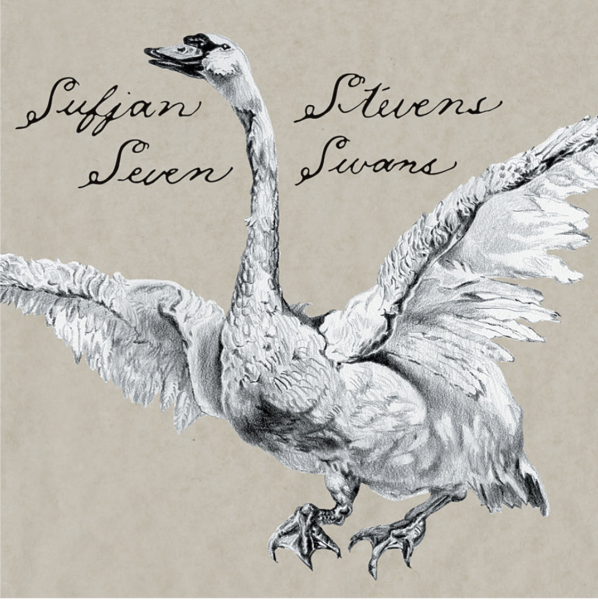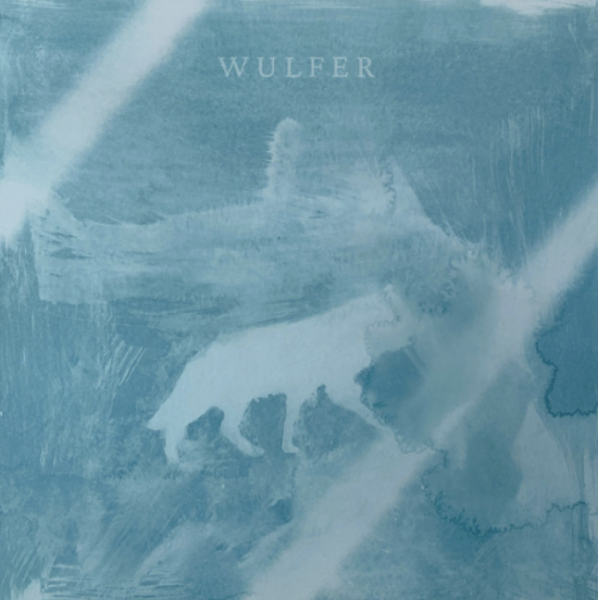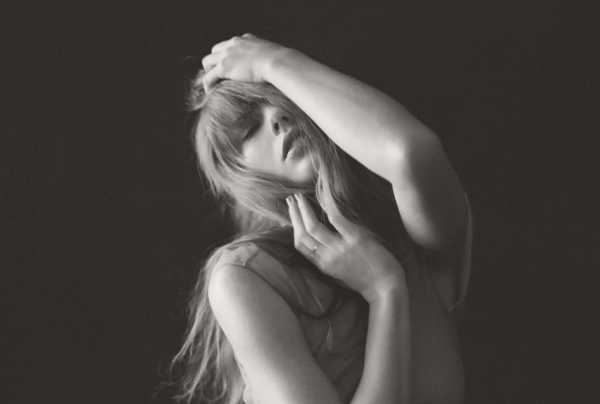Book Review: BookTok’s “My Year of Rest and Relaxation”
Named a best book of the year in 2018 by just about every major outlet, the book has recently seen a resurgence in popularity. The reason for the online omnipresence of Moshfegh’s novel depends on your interpretation of the book.
March 31, 2022
The pandemic has left many of us staring into a blurry screen of blue light for several hours of a day, desensitized and overstimulated. Aren’t we all exhausted? What can we do to attain rejuvenation?
The unnamed narrator in Ottessa Moshfegh’s 2018 novel My Year of Rest and Relaxation tries sleeping for a year in order to achieve this kind of reset. Set in New York City in the year 2000 and stretching into 2001, the narrator is in her mid-twenties, and both of her parents are dead. She is wealthy, conventionally gorgeous, and a self-admitted “WASP.” Within this year, she rarely interacts with the outside world except for her best friend Reva who she hates, her ex-boyfriend Trevor, and her comically permissive psychiatrist Dr. Tuttle. Tuttle provides the narrator with a myriad of prescription medications, aiding her in accomplishing her desired state of sedated oblivion. Save for the frequent visits by Reva, the plot largely consists of the narrator sleeping, taking pills, and watching ‘80s movies.
It’s fascinating that a book where so little happens is so popular. 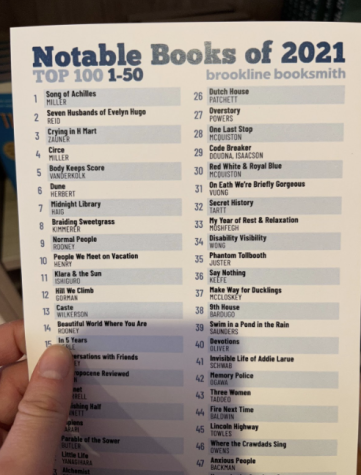
Perhaps unsurprisingly, discussion of Moshfegh’s writing often centers around her ability to write “unlikable female characters.” When discussing a short story character from one of her other works in The Guardian, Moshfegh said, “It’s up to you whether you think she’s likable or not. She’s supposed to be human.” As a fan of (most) transgressive fiction, it was refreshing to see this type of misanthropic character depicted from the female perspective. My Year of Rest and Relaxation’s protagonist is judgmental, uncaring, and ridiculously affluent, but still sympathetic. These attributes contribute to the toxic yet complex friendship between Reva and the narrator.
The narrator perceives Reva to be jealous of her looks and regards her with pitying disdain because of this. While the new mainstream ideal of two women constantly lifting each other up is lovely, it’s unfortunately not always true to life. The two young women are not necessarily pitted against each other either. Their friendship exists somewhere in between, a nuanced portrayal of two self-loathing women projecting onto each other, complicated further by beauty standards and wealth. In a way, the friendship between these two women emphasizes how navigating living in the patriarchy interferes with our relationships with each other.
Some readers may be drawn to the book’s realistic portrayal of depression. In a time when mental health issues are so widespread, it’s compelling how this character, who has virtually every opportunity at her fingertips, is still deeply unsatisfied with her life. She is living with a problem that money can help but ultimately, can’t heal. Mental health discourse online tends to gloss over the unpleasant reality that suffering from depression can induce apathy and withdrawn behavior. When discussing another work of hers in The New York Times, Moshfegh said, “People don’t want to talk about how they relate to a character’s more unsavory qualities… Everybody’s so obsessed with being liked.” This statement applies to the narrator’s cold, detached attitude as well. Of course the main character is mean and catty, oftentimes painfully, but anyone can be mean and catty at the wrong moment.
Certainly part of the novel’s surge in readership is due to BookTok, a subcommunity on TikTok. Therefore, it’s safe to assume that much of the novel’s readers come from the younger generations, who often insist on a hyper-empathy online. Empathy itself is absolutely healthy and necessary. However, a large sector of my generation, Gen Z, makes demands online that each individual be constantly “engaged” to the point of exhaustion as if the act of unplugging is selfish. This attitude insisting on excessive engagement contrasts with this privileged, indifferent narrator who reads global news headlines and feels no concern, curiosity, or sadness.
Some of My Year of Rest and Relaxation’s cult following could also be attributed to its digs at a consumerist America in the new millennium. The character of Dr. Tuttle is a humorous reflection of an unrestricted, predatory psychopharmacological industry. She spews words of alleged wisdom to the narrator such as “Some activity in sleep is fine just as long as you don’t operate heavy machinery” and “We could walk through walls if we put our minds to it, people say. What they don’t mention is that walking through a wall could most likely kill you. Don’t forget that.” Some may view the narrator’s desire to sleep for a year straight as a satirization of recent self-care movements. Maybe a lot of people are drawn to this novel because we too fantasize of being able to afford to do nothing for a straight year.
Moshfegh has been quoted as saying “art is the thing that fixes culture.” How much she believes in the power of art shines through in her willingness to take risks within the narrative. She doesn’t shy away from what others avoid discussing. As the narrator works at a contemporary fine art gallery at the beginning of the novel, it is understandable to view Relaxation as a meta-commentary on the state of art and therefore the state of culture. The room for uncertainty in every art form is one of the many amazing things about art. We can be unsure why we love a novel or even if we love it. After much consideration of the book’s many layers, the praises and criticisms this novel has received seem equally well-deserved.
A novel as divisive and unique as this one is a form of escapism, just as the narrator escapes her life through sleep.



